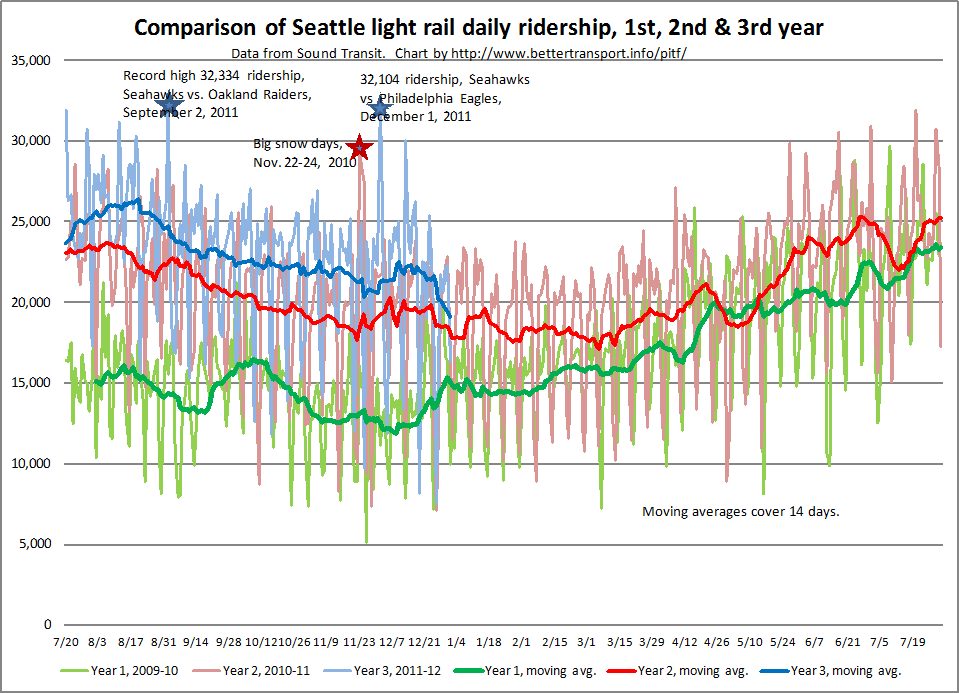ssiguy2
Senior Member
Good news, after a few stops and starts the new Chennai system is a definate go with the bidding process underway with 8 different bidders for the contract including Hitachi, Scomi, but curiously not Bombardier.
Construction is set to begin with 6 months on the first phase of massive project. According to the Times of India, the first phase will be a massive 4 line system of 123km. I do not know of the capacity but it is being built as the city's primary rapid transit system not as different feeder routes. I'm not sure what the construction timeline is but if memory serves, it is the beginning of a monsterous 300km system to be completed by the late 2020s.
Construction is set to begin with 6 months on the first phase of massive project. According to the Times of India, the first phase will be a massive 4 line system of 123km. I do not know of the capacity but it is being built as the city's primary rapid transit system not as different feeder routes. I'm not sure what the construction timeline is but if memory serves, it is the beginning of a monsterous 300km system to be completed by the late 2020s.





